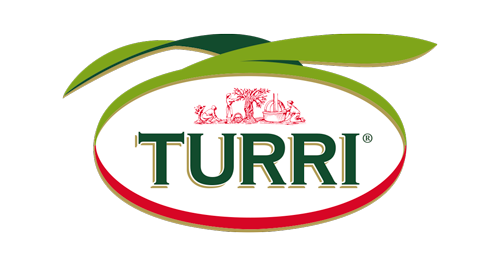The olive is a typical food in the Mediterranean diet. Today we are going to find out more about some of its characteristics: size, colour and energy value.
Size
The size of an olive changes from one variety to another. The final shape of the fruit begins to be seen as the ripening period approaches. Some olives become so large that they are 5-6 times larger than their smaller counterparts.
Varieties with a very small fruit are Casaliva and Taggiasche. Leccino and Frantoio have medium-sized fruit, while Cerignola, Ascolana, Santa Caterina and Uovo di pigeon are the largest.
Colour
Let us start by saying that black olives are nothing more than green olives at a different stage of ripeness. The two do not come from different plants, they are the exact same fruit, harvested at different times.
While green olives are often sweeter, larger and round or oval in shape and used to make extra virgin olive oil, black olives contain fewer carbohydrates, are more digestible and have a higher calorie content.
Energy value
Staying on the subject, the olive is completely cholesterol-free and is characterised by the presence of oleic acid, Omega-3 and Omega-6. Olives contain numerous antioxidants and minerals, from potassium to calcium and magnesium, and are an invaluable source of vitamins.


